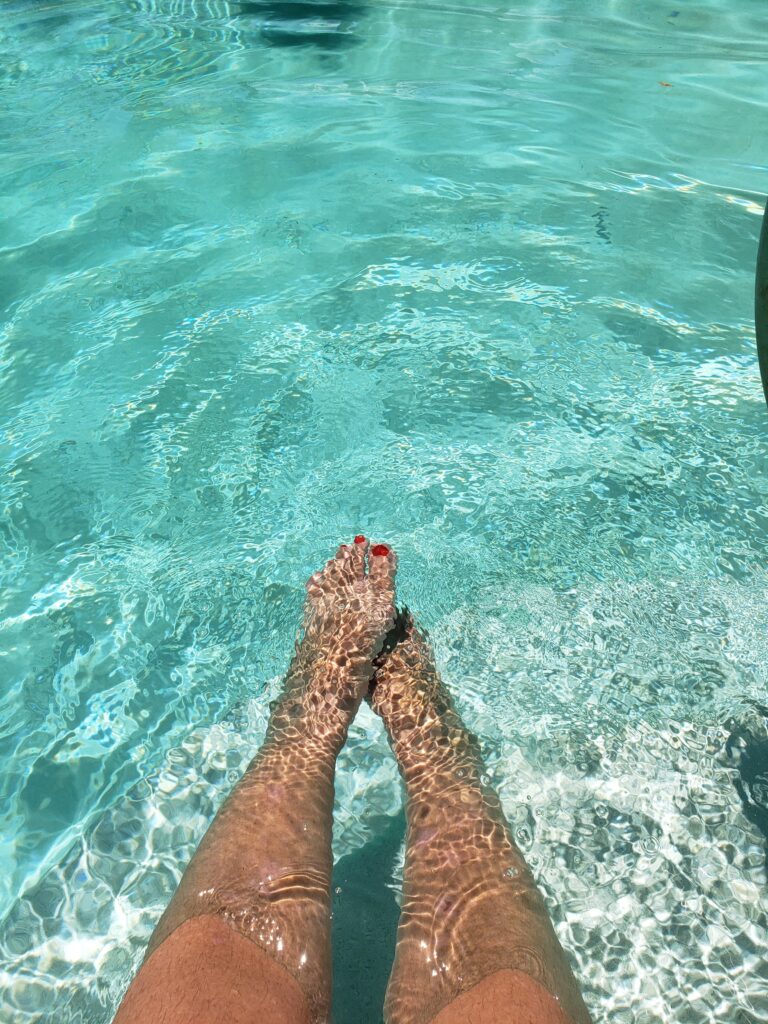
WWW – 9.30.2020

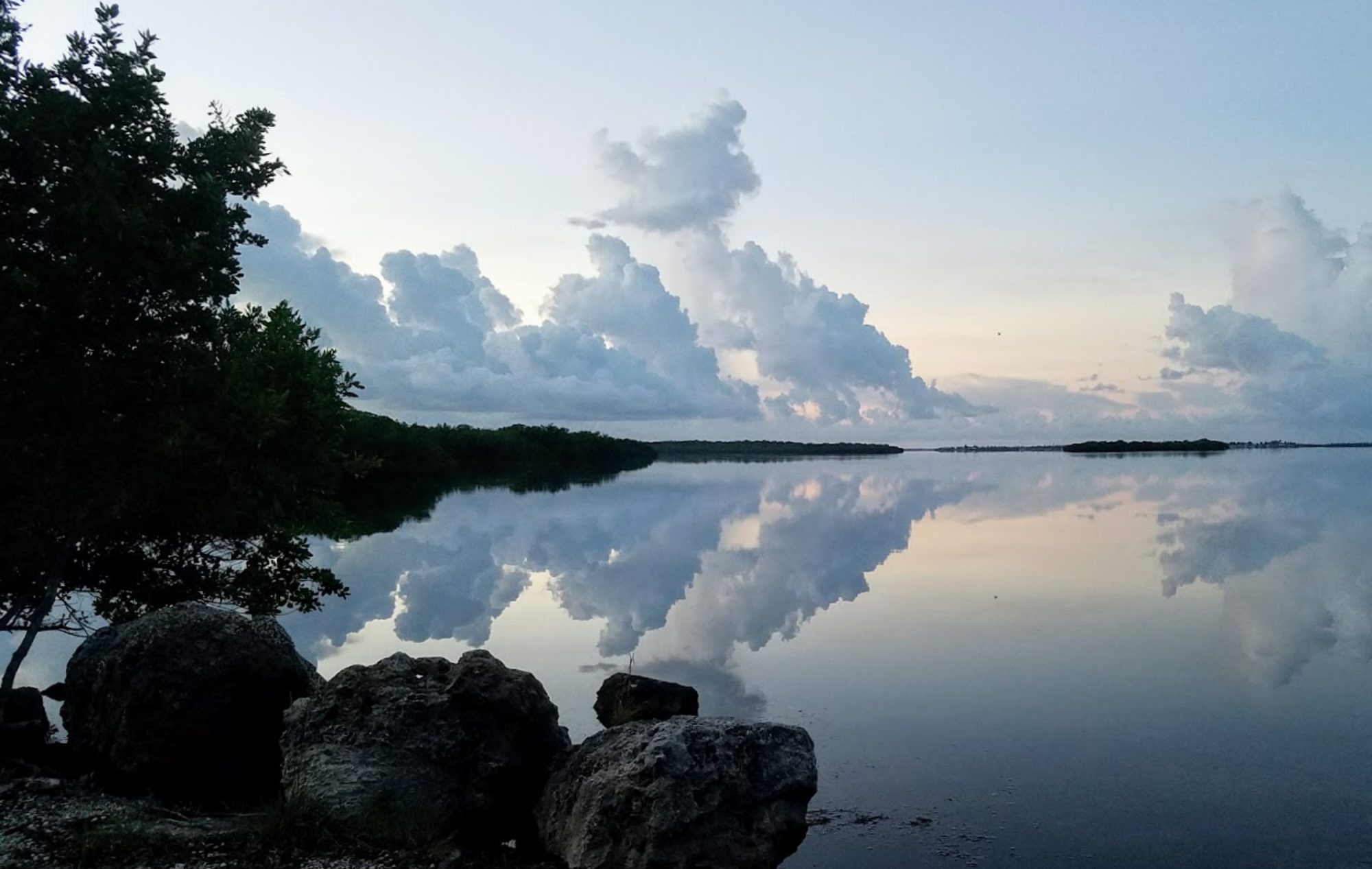
Exceptional Adventures in Paradise

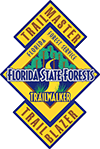
Let me begin by saying that every Florida family should have an annual pass to the Florida State Forests. At less than $1/week, and admitting up to 6 people on each pass, it is the deal of the week, no – the month, no – the year, no – really the CENTURY! You just can’t make your entertainment dollar go further. To get your pass, go here.
There. Now that we’ve got that little bit of business down, let’s talk about the Trailwalkers program. Several years ago my friend Kathy gave me information on this program, and I thought, “Oh! Isn’t that nice!” I filed it away and really forgot about it until quite recently. Steve and I have been spending a lot of time in the State Forests over the past year, and while I was researching an upcoming trip to the Panhandle, I ran across the Trailwalkers materials. Don’t you know that we’ve already hiked several of the trails that qualify for this program, but I don’t have documentation, so we started from scratch yesterday with a short hike in Tiger Bay State Forest.
In a nutshell, if you hike any ten of the listed trails in any five State Forests, you earn a Trailwalker certificate and a patch. Hike another ten State Forest trails, and you become a Trailblazer, with another certificate and a rocker for the first patch. Upon completing 30 State Forest trails, you become a Trailmaster, and yes — you get a third certificate and the second rocker patch. Documentation is provided by completing a postage paid postcard and mailing it in as you complete each patch. If the cards are not available, don’t fret! The State Forest service has entered the digital age and if you email them when you finish your hike, they will send you the stamps for your Trailwalker log. The complete set of badges is going to look so cool on our hiking vests!
Within an easy hour’s drive, we have at least 3 state forests. We think that just by hiking weekly, we can earn the first certificate and badge before the year is out. How lucky that we have set this goal just as we are just entering the very best time of year to hike! Trails will soon dry out from the summer rains, and the weather will be cooler. Migrating birds will be in evidence, too — I know my favorite bird lady, Maribeth Healey, will appreciate that.
Why don’t you join us on our quest? I’ll post each week when we finish our hike and let you know where we went and which trail we hiked. I hope you’ll let me know what you think of the trails as you complete your own hikes!
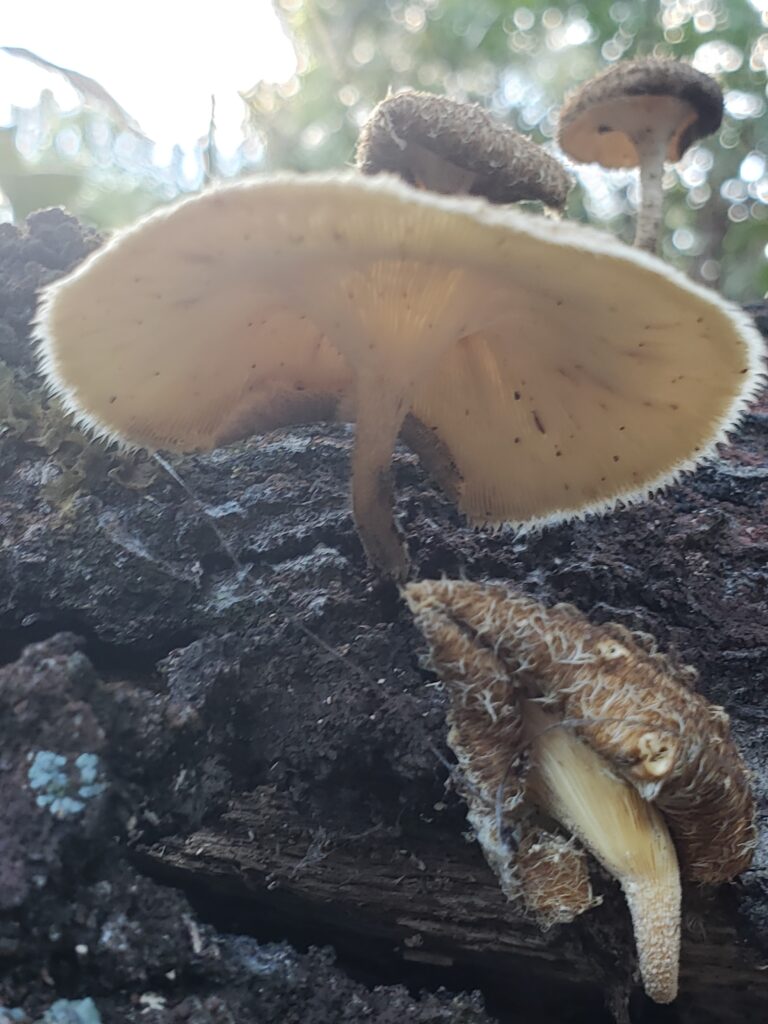
If you read this post, you know that Steve and I, led with confidence by our friend Dee Bradshaw, rescued a Great Horned Owl (now named Kevin) on a recent hike in the Tiger Bay State Forest.
Continue reading “Great Horned Owl Rescue”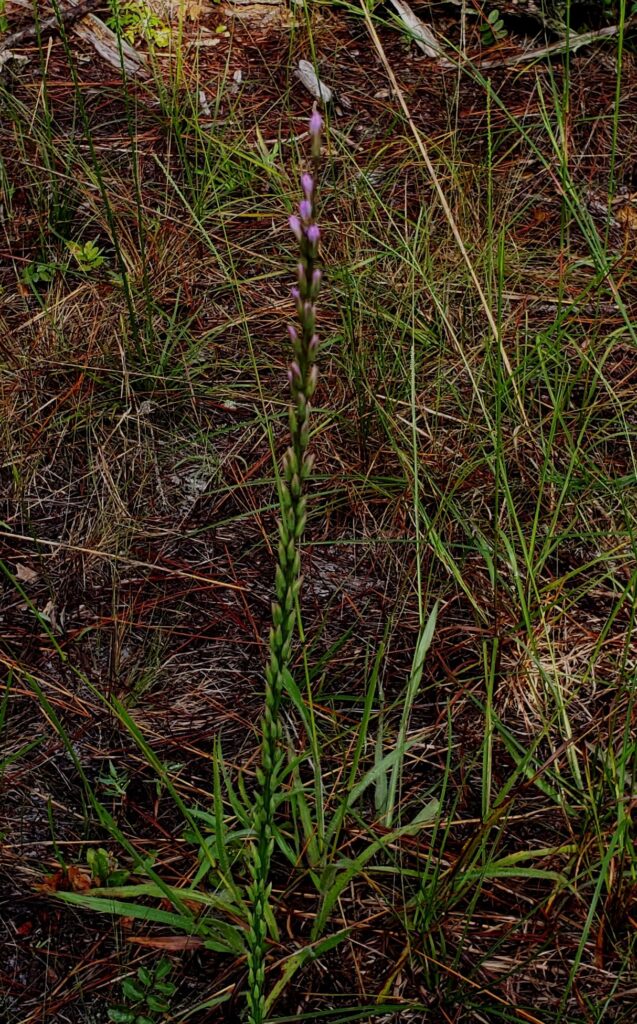
Steve and I have begun a new adventure together, and it’s one that will guide many of our land-based trips for the rest of this year and well into next. You know that we are big fans of State Forests, and while I was doing some research for an upcoming Panhandle trip, I was reminded of the State Forest Trailwalker program. So, we’re now official Trailwalkers – watch for a later article about what that entails. It’s a fun way to learn more about Florida’s magnificent State Forests.
We got up early yesterday and headed over to Volusia County to check out Tiger Bay State Forest’s Buncombe Hill Trail. This was a very short 2 mile loop trail, but we thoroughly enjoyed it and will return to Tiger Bay. It looks like there is a lot to enjoy there, including fishing, small boat access, picnicking, camping, hunting, and of course, hiking the miles of trails and forest roads. Equestrian trails and camping are also available.
Funds from the Environmentally Endangered Lands Program, Preservation 2000, Florida Forever, and Save Our River have been used to acquire lands for Tiger Bay State Forest since 1979. The Forest comprises 27,395 acres, about half of which is pine forest with the remainder being wetlands.
We visited Indian Lake Recreational Area with the goal of hiking Buncombe Hill Trail. Before we even got on the trail, we checked out the two picnic areas and some vegetation along the southeast tip of Indian Lake. Beautyberry was in evidence, living up to its name in truly spectacular fashion, and we also noticed some beautiful spiderwebs. The pier at Indian Lake would be great for a sunrise breakfast, I think, and there is a covered pavilion with several picnic tables under it. There’s another set of picnic tables under tree cover. Composting toilets provide toilet access but there is no running water.

The short two-mile Buncombe Hill loop trail covers sand pine scrub and xeric oak hammock. We noticed lots of Florida rosemary, one of my favorite plants. Turkey oaks, sand pines and sand live oaks, slash pine, and live oak were the dominant trees, but we also recognized red bay and loblolly bay. There were some fruiting prickly pear cactus and of course, reindeer moss. The forest air smelled of humus and pine. When you sign in at the beginning of the trail, be sure to pick up the brochure that describes the trail. There are numbered signposts on the trail that are described in the brochure – we love these interpretive tools!
The trail is well marked with green blazes; double blazes mark direction changes. There is interpretive signage identifying many of the plants along the way. Some of these were new to us (wild olive and garberia are two that I remember), so we have a whole new group of plants to identify in other locations.
We heard (but did not see) upland birds including nuthatches and saw cardinals. I found a slug with a nice pattern of grays and browns…hard to think of a slug as beautiful, but this one was. We noticed lots of Liatris getting ready to bloom. This is a tall plant with an erect flower spike. The flowers are tiny and clustered on the stalk. It looks a bit feathery and is commonly called gayfeather or marsh blazing star. We also noticed milkweed and fungi.
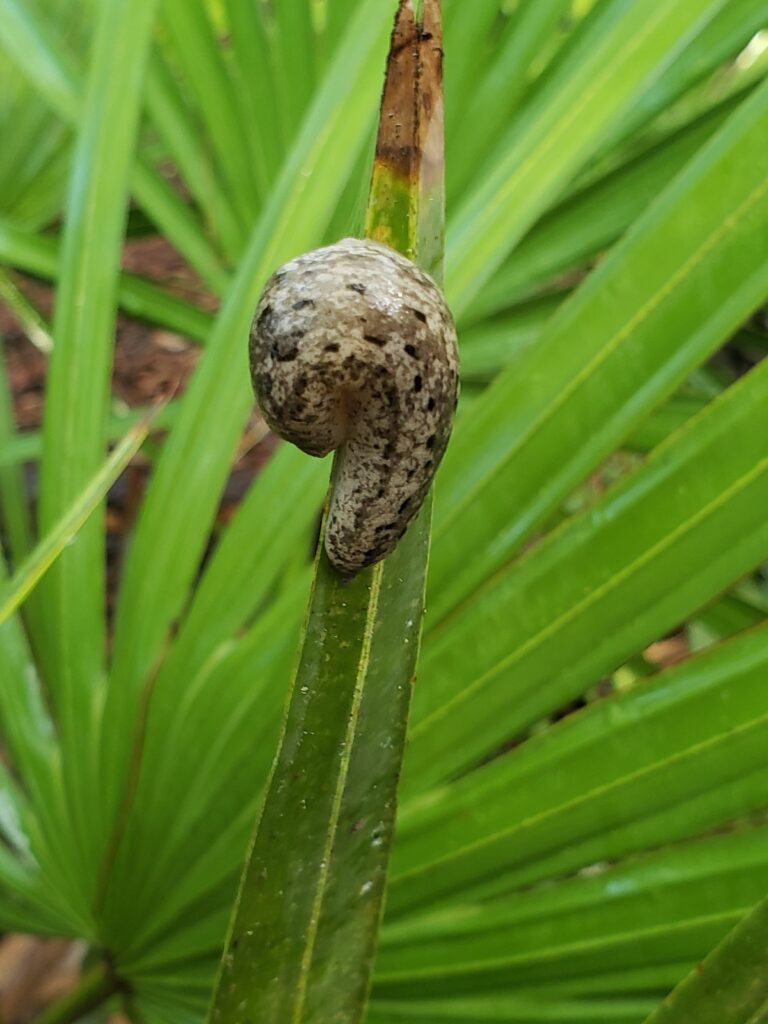
Before and after the halfway turning point, there are shaded benches. Take a moment to get a drink of water, relax, and enjoy the sounds and smells of the forest here. These short breaks are so restorative and when you’re hiking with someone you love, provide great selfie ops.

When we were within sight of the end of the trail, Steve noticed something sitting in a shaded spot. At first, we weren’t sure if we were seeing a bobcat, a large bird, or just a stump. It was very still. As we moved closer we could see it moving as well, so we were able to rule out the stump. Eventually it was clearly an owl, but it was behaving very strangely. It stood up, turned and looked right at us, but did not fly away. When we were within about 10 feet of it, it tried to fly out of the path, but it looked like perhaps its right wing was broken. When we got very close, we could see that its right eye looked raw and was swollen shut. I was convinced that it was badly injured because of the way it moved and that poor eye. Our attempt at owl rescue will be described in a future article.
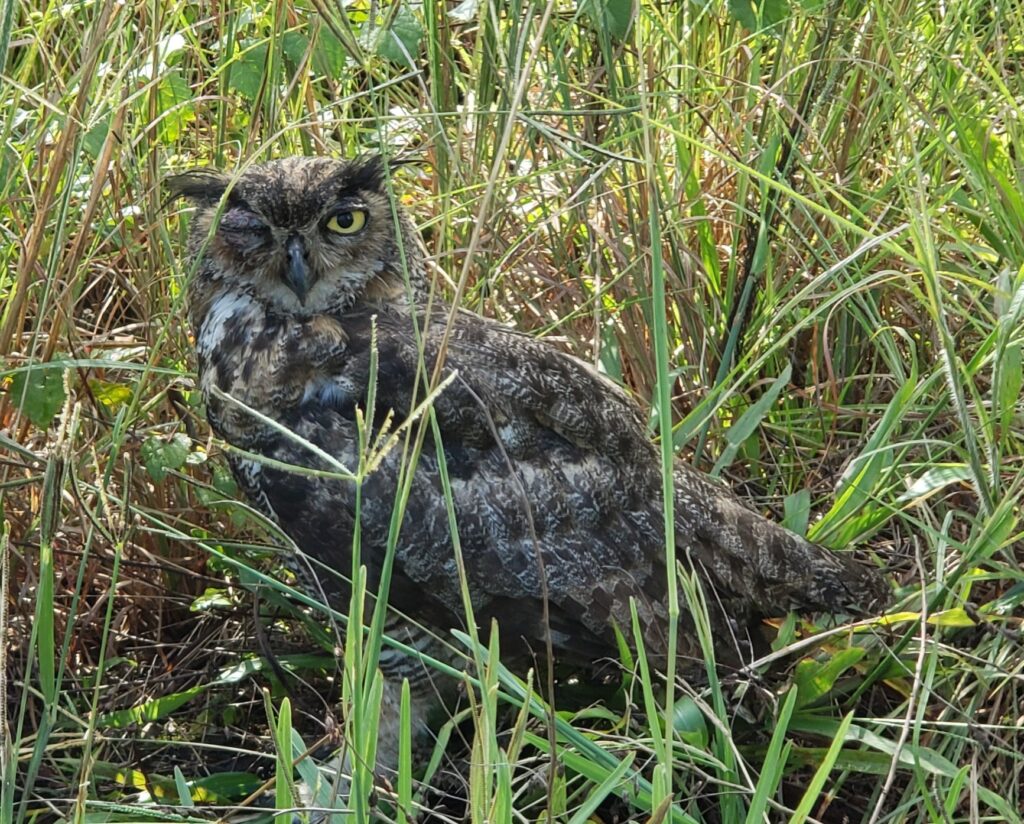
Whatever happens with the owl (now named Kevin), I will update the blog to provide closure to this story. If the bird doesn’t make it, we will know we did everything we could and learned how to better help next time. Should this bird recover (and if you pray, please pray for Kevin!), Dee and Steve and I will be allowed to return it to where we rescued it. That is going to be a happy day!
UPDATE: Sadly, Kevin did not survive.
I cannot promise that you will rescue an owl if you visit the Buncombe Hill Trail, but I can promise that you’ll have a pleasant experience, inhale some restorative forest air, and see some beautiful sights. Enjoy!

IF YOU FIND AN ANIMAL THAT NEEDS ASSISTANCE, Florida Fish and Wildlife Commission may be able to provide guidance on what to do. You can reach them at 888-404-3922. If are in Central Florida and find an injured bird, please call Avian Reconditioning Center at 407-461-1056. They are currently closed due to coronavirus and are only on site from 9:30 – 1:30 Monday-Friday and 9:30-4:30 on Saturdays. If they do not answer, please leave a message and they will return your call as soon as possible. They are a small volunteer organization and do not have the staffing to go out for rescues. If you can get the bird to them, they are happy to do whatever they can to make it well, and return it to the wild.
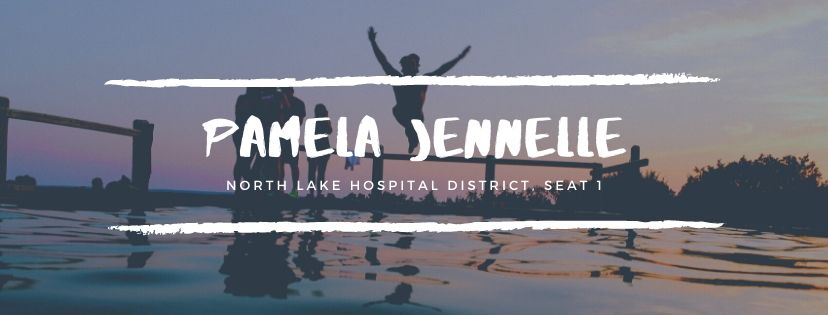
Well, this is a step out of my comfort zone, and definitely not subject matter that I normally include in this blog. Please ignore the article if you are not interested. Here’s a second blog post about my campaign. Here is a link to a candidate forum that contrasts me with my opponent.
If you live in the northern part of Lake County, Florida, I hope you will read on. I am running for office, specifically, Seat One in the North Lake Hospital District. This district is a special taxing district. If you look at your tax bill, you will notice a LESS THAN ONE MILLAGE POINT tax item for the Hospital District. This small tax helps fund indigent care in North Lake County.
in 2016, District residents voted to retain this special taxing district by a large margin (59% of residents approved the measure to retain the District until 2027). They recognized the value that the District provides to all residents of the District. When people receive quality primary care in local clinics, they are not forced to seek that care in hospital emergency departments. This reduces the cost of care, improves the health of the community, and incidentally, reduces wait times in the emergency department.
Here are my answers to some questions recently asked of District candidates:
As a project manager, data analyst, and research coordinator for AdventHealth, I can examine the services delivered to District members and I understand the importance of multiple stakeholders to complex systems.
As a business skills instructor, assistant to a court administrator, and coordinator of an adult literacy program, I understand the needs of the community and people who live on the margins. I know that affordability is a component of accessibility.
As a naturalist, I have developed an eye for detail and an appreciation for the interdependence of all life. Healthy communities allow us to fully experience life as we were created to do. What benefits the disenfranchised among us improves the quality of community for us all, and the District contributes to the health of the community ecosystem.
My commitment to this District’s ability to assist our healthcare providers to provide quality, accessible healthcare to residents of the district is unparalleled.
The District publishes data on how many people have received District-funded care and how many dollars have been spent on that care. From that data, we know that primary care offered in the outpatient clinics is much less expensive than hospital care. We also know that delayed outpatient care can result in more expensive inpatient care with diminished outcomes. I would encourage allocation first toward primary care delivered at outpatient clinics situated in the areas of highest need, followed by outpatient specialty care, and finally inpatient hospital care. These allocations should always be made with an eye to quality, accessible healthcare that makes the most of our tax dollars.
While not a responsibility of a Board member, I would use my position to address social determinants of health which disproportionally impact our poorest citizens, trapping them in a cycle of delayed care leading to complicated health issues and denying them the advantages of the medical home model of care.
Public information offices of the County, municipalities within the district, and health care systems could provide fliers explaining the importance of primary care and where free and sliding-scale services are offered. These could be placed in areas such as churches, libraries, employment centers, thrift stores, and schools. PSAs can be prepared and provided to media outlets.
However, I strongly feel that no one chooses to receive care in an emergency room if primary care is accessible. This accessibility, a social determinant of health, must be addressed. Transportation, another social determinant of health, poses problems for many uninsured. However, it is not in the Board’s current scope to provide ancillary services such as transportation vouchers, and ambulances are only able to transport patients to emergency rooms, not clinics. This suggests to me that transportation is one area to look at if the legislation governing the district is changed in the future.
Paid for and authorized by Pamela Jennelle, Democrat candidate for North Lake County Hospital District, Seat One
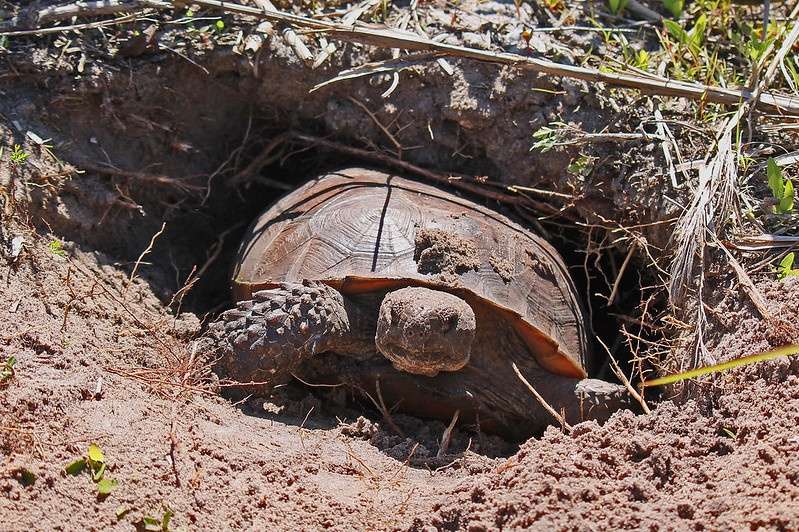
The Florida Fish and Wildlife Conservation Commission (FWC) is launching a new interactive web application designed to provide biologists with thorough and reliable data, and promote science-based gopher tortoise conservation efforts. The new system will replace the Florida Gopher Tortoise smartphone app, which will be decommissioned Sept. 8.
The new web application is user-friendly and is designed to function on any device. To report a tortoise sighting or notify the FWC of a sick, injured or dead tortoise, simply visit MyFWC.com/GopherTortoise and click on the button that reads “Report Gopher Tortoise Sightings.” There, you can also view an interactive map, which features user-submitted photos and locations of tortoise sightings throughout the state.
“We appreciate the thousands of citizen scientists who have reported gopher tortoise sightings using our original Florida Gopher Tortoise app over the years,” said Michelina Dziadzio, monitoring coordinator for the Wildlife Diversity Conservation Section of the FWC. “These citizen scientists have helped the FWC enhance gopher tortoise conservation and we’re excited for their continued participation using the new web app.”
The gopher tortoise is a protected species that occurs in all 67 Florida counties. The tortoise is known as a keystone species, and its burrows serve as important refuges for 350 native species including threatened species such as the Eastern indigo snake, the burrowing owl and the gopher frog.
For more information about gopher tortoises, visit MyFWC.com/GopherTortoise.

